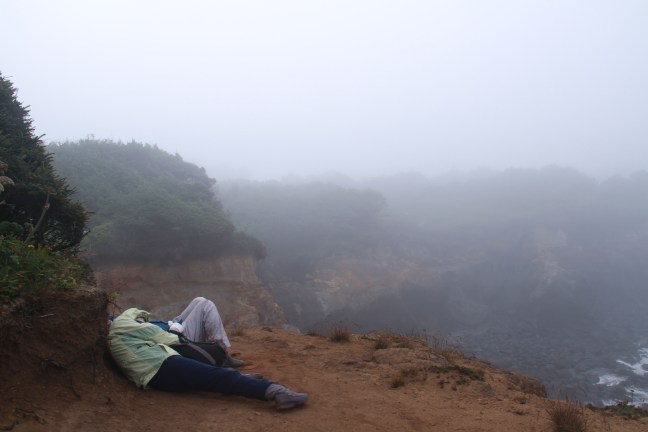How the eclipse makes you understand space, and why we should pay attention to lesser wonders.
 This essay originally appeared at hcn.org on Aug. 23, 2017
This essay originally appeared at hcn.org on Aug. 23, 2017
Most of us who came always knew there could be fog.
Oregon’s coast is a moody place, carved by surf, stormsurge and the Earth’s seismic shivers into sea-stacks and cliffs. Its tree-covered hills are alternately woven through with cloud, or scoured to sun by gusts that sculpt branches into bonsais and stiffen your fingers with chill. Sometimes, though, it is clear and still, as if the world is tasting light for the first time, made new again while you slept. As maybe it always is.
Those of us who came to see the total solar eclipse from the spot where the moon’s shadow would first touch the continent knew this. But we came anyway. We came from Portland. From Washington and Texas. From British Columbia and California and South Carolina. As if to bless our choice, the weekend was sunnier than any I’ve experienced on the coast. But sometime early in the morning on Monday, the day of the eclipse, a thick fog crept in. It obscured the houses across the Siletz River from where I camped in my truck, turned the toppled snags jutting from Siletz Bay into a blurred jumble of old bones. More…
